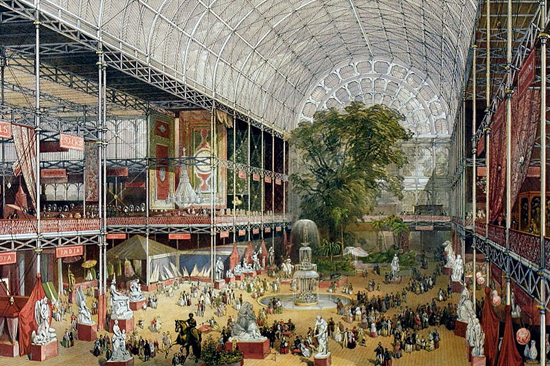The Evolution of Glass in Building Design: A Historical Perspective
The history of glass in architecture: A look at the evolution of glass as a building material, from ancient times to the present day.
Glass has come a long way since the ancient Egyptians first started using it for decoration and protection from external elements. Over the centuries, glass has been used for windows, mirrors, skylights, and even as a structural material in buildings. The evolution of glass in building design is a fascinating story of innovation, creativity, and a quest for beauty and functionality.

Photo courtesy of workingtheflame.com – glassblowing-history-Egypt
The Middle Ages marked a significant turning point in the use of glass in architecture. The Gothic style of architecture emerged, and stained glass became a major decorative element in cathedrals and churches. Stained glass was used to tell stories, depict religious scenes, and provide an atmosphere of color and light in these grand buildings.

Photo courtesy of parisperfect.com – Photo of Sainte Chapelle by Hannah Wilson
In the late 19th and early 20th centuries, glass became more widely available and affordable, leading to its widespread use in buildings. This period marked the beginning of the modern era of glass in building design. Architects began experimenting with different shapes and sizes of glass, and the use of metal frames and connectors allowed for larger, more intricate window designs. Glass became an essential part of the modernist movement in architecture, and its transparency, lightness, and durability were celebrated as key features.

Photo courtesy of The Grand Entrance Souvenir of the Great Exhibition 1851 Artwork and drafting by J. McNeven lithography by William Simpson, published by Ackermann & Co
The 20th century saw great advances in glass technology, making it stronger, safer, and more energy-efficient. The invention of tempered glass and laminated glass made it possible to create large, uninterrupted sheets of glass for use in windows, walls, and even flooring. This led to the rise of skyscrapers and other high-rise buildings, which were able to take advantage of glass’s ability to let in natural light and offer panoramic views.

Photo courtesy of Dezeen – Lever House New York
The 21st century has brought further innovations in glass technology, including the development of smart glass. This type of glass can be programmed to control the amount of light and heat that passes through it, making buildings more energy-efficient and comfortable. Additionally, advances in coating technology have enabled the creation of low-emissivity (Low-E) glass, which helps reduce heat loss in buildings, making them more energy-efficient and environmentally friendly.

Photo courtesy of Visit Singapore – Marina Bay Sands
In conclusion, the evolution of glass in building design has been a continuous journey of innovation, creativity, and progress. Glass has become an essential part of modern architecture and continues to play a significant role in the design and construction of buildings. Whether used for windows, walls, skylights, or flooring, glass offers a unique combination of beauty, functionality, and energy efficiency, making it an enduring and valuable material in building design.
We hope you have found this information helpful. If you have any questions about the various glazing solutions available, please do not hesitate to reach out to us.

